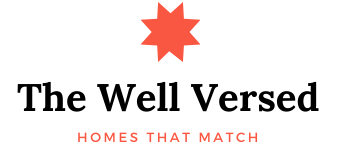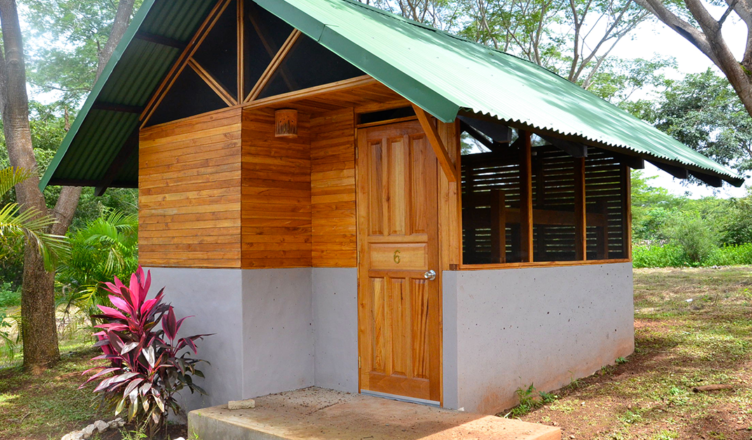Tiny houses are popping up in cities all over the country, and for a good reason. They’re not just a fun way to get into the tiny house movement – they’re also an excellent way to save money on your housing expenses, which is especially important if you’re having a hard time making ends meet.
That said, tiny houses aren’t for everyone, though. If you want privacy and space (or both), then a tiny house may not be the best option for you. Tiny houses aren’t always built with bedrooms – they can be either open-concept spaces or small rooms with walls that match their size.
To help you figure out whether buying a tiny house will be the best decision for you, we have listed the key pros and cons of living in a tiny house to consider before putting down your deposit.
But before we get to that, let’s talk about what a tiny house exactly is and why it’s getting so popular around the globe.
The Story Behind the Not-so-tiny Popularity of Tiny Houses
Tiny houses, also known as micro-apartments or mansions on wheels, are homes that are at least 100ft² in size. They’re famous for living on the road and traveling.
Their popularity has been increasing rapidly in recent years, thanks to the growing recognition of their many advantages over conventional living arrangements.
When you look at what tiny houses can do for you financially, it’s easy to see why they’re so popular. Did you know that 68% of tiny house owners are mortgage-free, and 89% have less credit card debt than average Americans?
Still, some people aren’t so keen on living in these microstructures because of their size and lack of creature comforts.
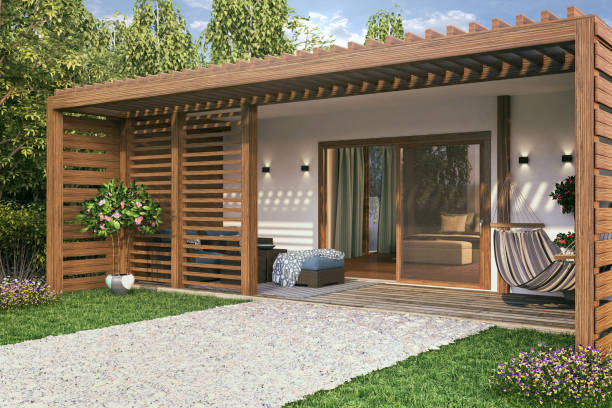
Pros of Living in a Tiny House
Wondering about the simplicity and fun of owning a tiny house? Visit RidingTiny and see what these houses are all about and what they offer. Let’s look at some of the benefits that these houses offer:
It’s Cheaper
Tiny houses are much cheaper than traditional homes, so if you want to live off-grid, on a budget, or just save money, you might want to look into one of these dwellings. They’re also customizable, so you can make them as small or large as you like!
Easy to Build and Portable
Tiny houses are easy to build, especially if you have access to a do-it-yourself workshop. They’re also easy to transport since they can be built with wheels.
If you need to relocate, or if your current living situation isn’t working out, a tiny home fits in most cars without taking up much room—and it doesn’t require an expensive move-in expense.
Good for the Environment
They’re also known for being eco-friendly and sustainable. Tiny houses are built with renewable energy sources like solar panels and wood stoves, which means they use less energy than traditional homes.
And since they’re often built on solar-powered sites, they don’t require external power sources like generators or electric lines.
Instead, they rely on their power sources (like wind turbines). This helps protect the environment by reducing carbon dioxide emissions and other pollutants that contribute to climate change.
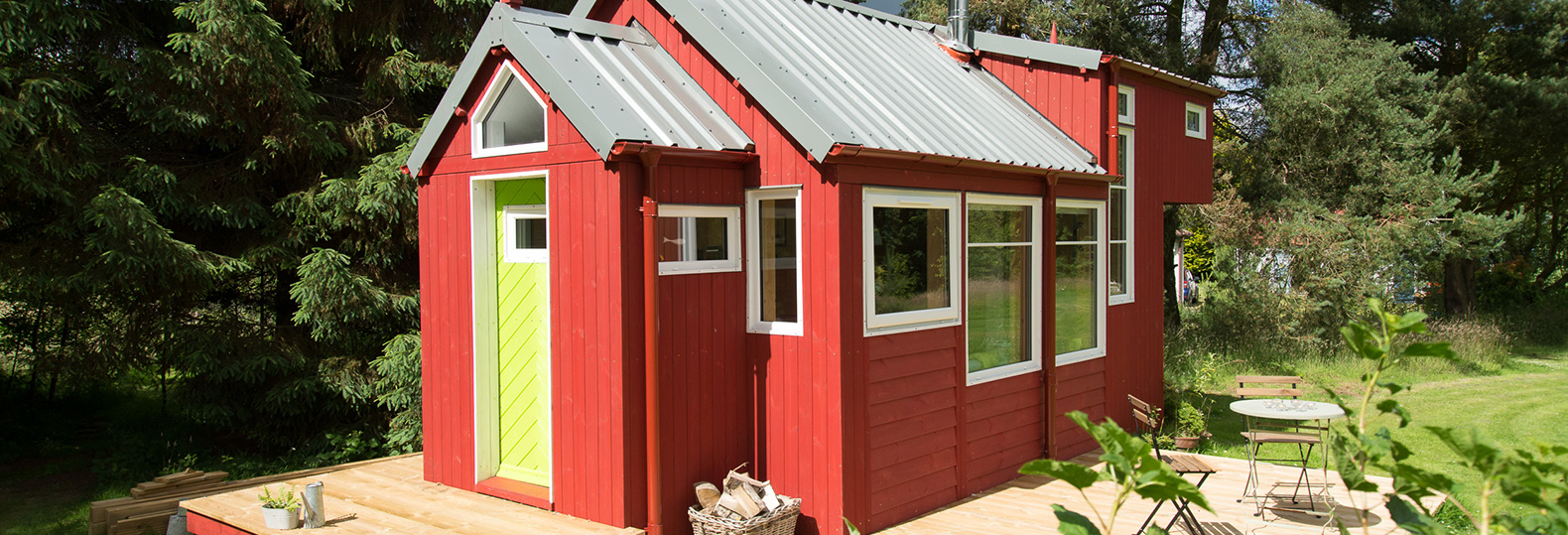
The Freedom!
You can live in a tiny house and still have enough space to cultivate your garden, grow food, and have pets. You also don’t need to worry about installing a septic system. Instead, you can choose composite toilets to minimize water wastage.
Cons of Living in a Tiny House
So far, everything sounded great, didn’t it? But sadly, there are certain downsides to owning and living in a tiny house. Here are some negative aspects you should know about before going tiny house crazy:
Limited Space
Tiny houses don’t have much space inside or outside—just small rooms with windows or doors (and maybe a loft). It’s not uncommon for people to add windows later on. But this isn’t necessarily the best option since it will cost more than buying pre-made materials and then adding onto them later.
Moreover, tiny houses aren’t practical for larger families or couples who want their own space. If you live in a city where there aren’t many places to park a tiny house legally, it can be challenging to find parking spots close enough to walk or bike home every day.
And even if you find somewhere safe and legal, you may still need to carry everything inside because there’s no room inside your house for anything else!
Living Cost May Be High
Tiny houses are expensive! You’ll have to pay for the materials used to build it, and even if you can find these things locally, shipping costs could consume a big chunk of your savings. You might consider building your own instead if it’s possible, but that can be very time-consuming.
Lack of Privacy
It’s hard to have private conversations when there are no walls around you! One solution is to have one open room so that everyone can hear what’s being said around.
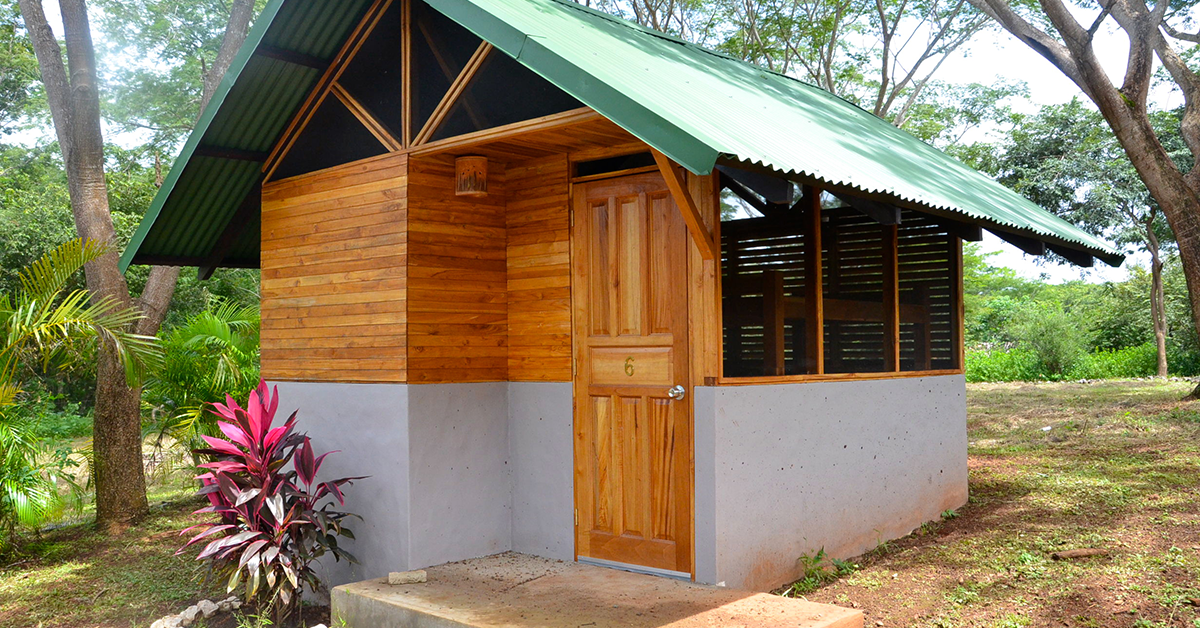
Harsh Weather Can Be Extra Challenging
Tiny houses can be a great way to reduce your carbon footprint and save money on utilities, but on the downside, they don’t allow for much storage space and aren’t easy to heat in the wintertime. They also aren’t easy to insulate and won’t protect you from serious weather emergencies like hurricanes.
Key Takeaway
Tiny houses are enjoying a moment in the spotlight, and they’re not just for hippie-types anymore. They’re being built by people who want to live more lightly and focus on their passions—and they’re getting more popular every day.
While you might think that renting an apartment is cheaper than buying or building a house, studies show that it’s not true for many people—with all the costs associated with homeownership, e.g., utility bills, maintenance, plumbing, and heating systems.
